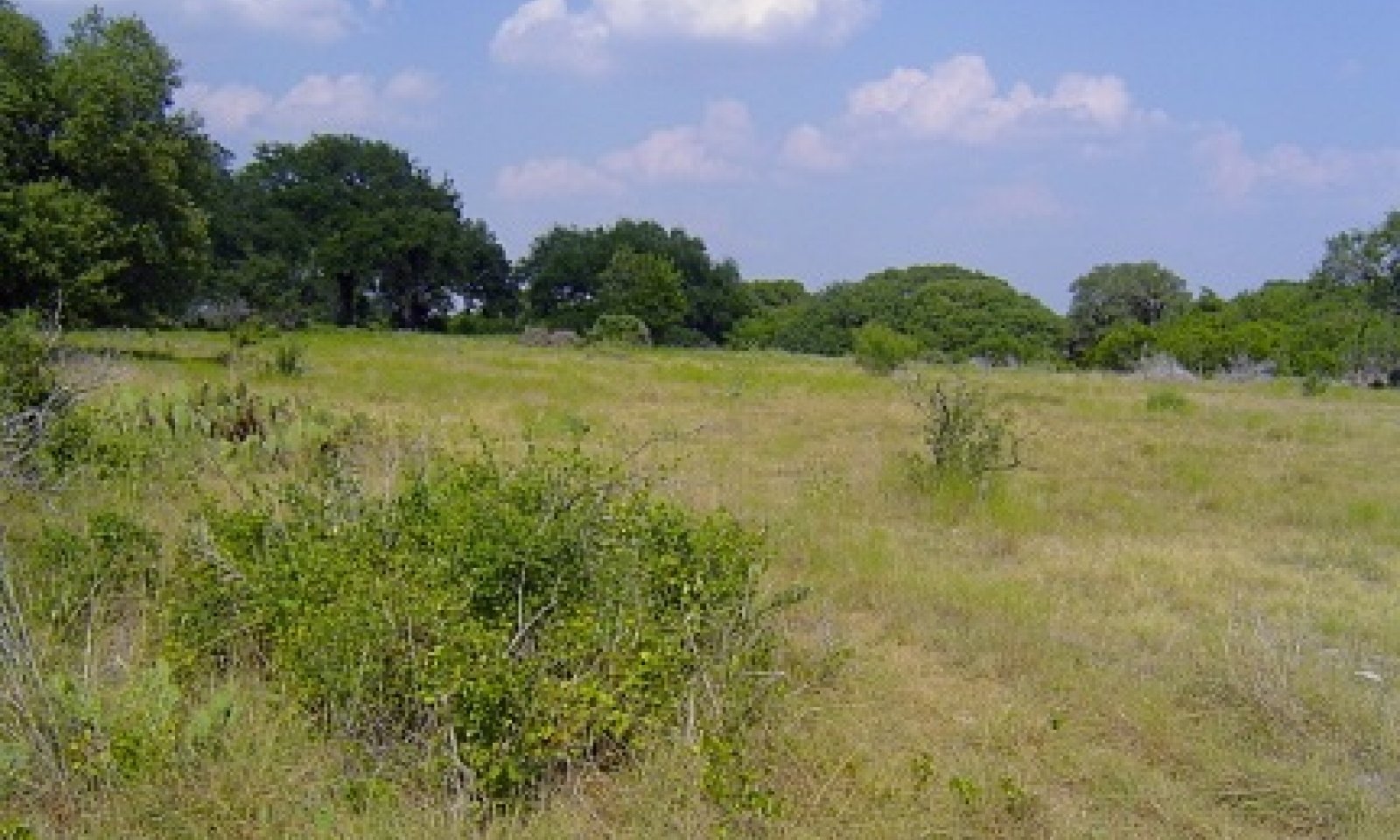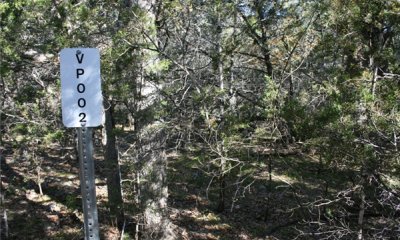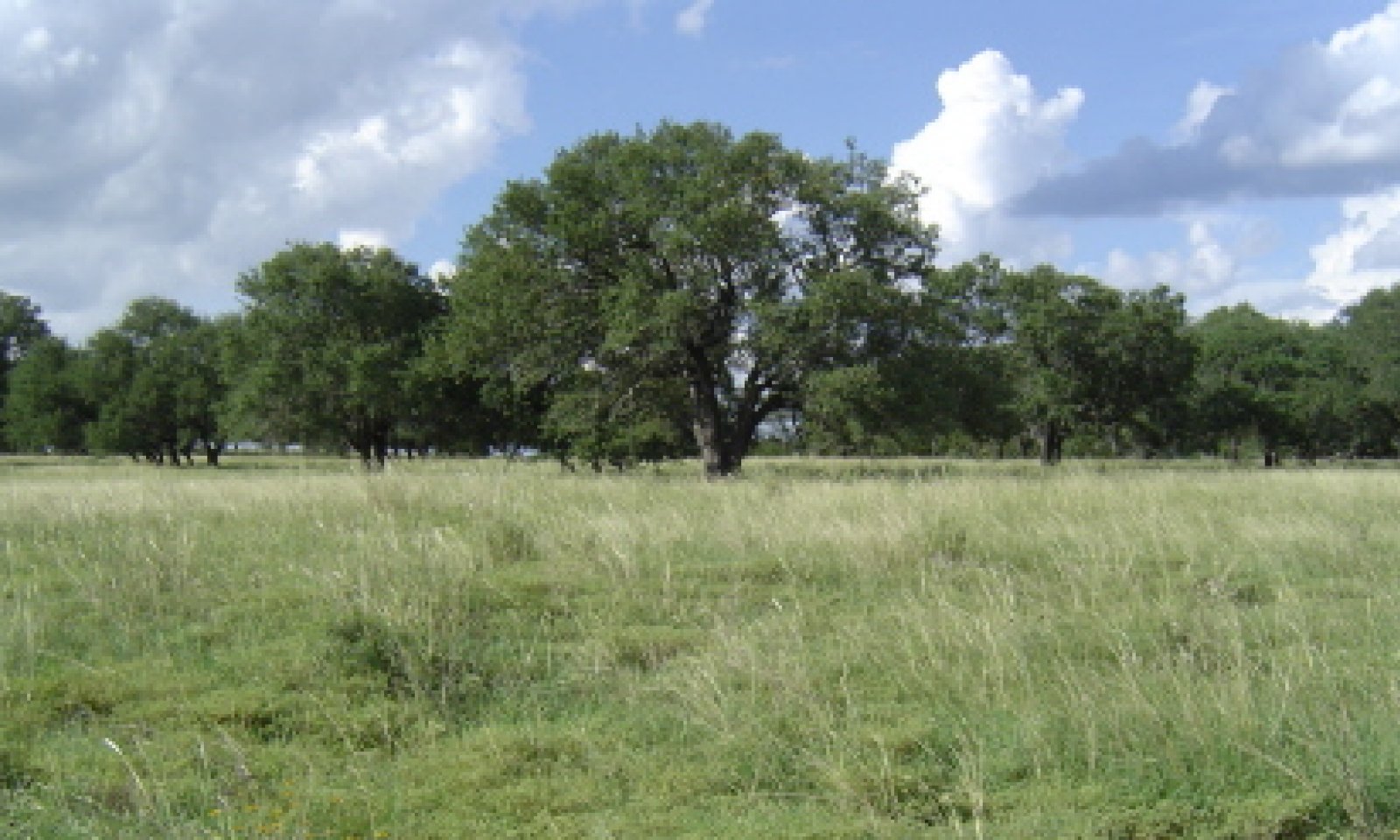
Gravelly Redland 29-35 PZ
Scenario model
Current ecosystem state
Select a state
Management practices/drivers
Select a transition or restoration pathway
-
Transition T1A
Absence of disturbance and natural regeneration over time
More details -
Restoration pathway R2A
Reintroduction of natural disturbance regimes
More details -
Transition T2A
Ground disturbing brush management coupled with seeding non-native grasses
More details -
No transition or restoration pathway between the selected states has been described
Target ecosystem state
Select a state
Description
The reference state is considered to be representative of the range of variability under pre-Euro settlement conditions. It is characterized by an open stand of mid and tallgrasses with scattered trees and shrubs. Woody canopy ranges from 10 to 20%. Community phase changes are primarily driven by grazing, periodic fire and variations in the subtropical climate. Wildfires set either by Native peoples or lightning, occurred at 7 to 12 year intervals (Frost, 1998).
Submodel
Description
This state is the culmination of a loss of sunlight energy capture by historic plants, interruption of the hydrologic cycle because of interception, and stem flow and competition for nutrients. Mesquite was the early understory brush species, but Ashe juniper has increased tremendously resulting in further decline in midgrasses. Increase in shortgrasses and annuals. Increase in mesquite, catclaw, and pricklypear have also increased.
Submodel
Description
This state is a result of significant ground disturbing mechanical brush management. Depending upon the management goals, the site may have bee seeded to native or non-native species or a combination. Non-native grasses can also invade without seeding being introduced through hay, livestock, or wildlife. Herbaceous species diversity and site resilience has been significantly reduced.
Submodel
Mechanism
A transition occurs due to a lack of brush management with mechanical means, fire or targeted goat/sheep grazing. Grazing deferment alone will not halt the increase of woody species. Hydrologic characteristics are altered by increased woody species. Now, energy flows more through woody plants than herbaceous plants.
Mechanism
R2A Restoration includes some form of brush management and many times an integrated approach utilizing several methods. In some cases of severe long-term overharvesting of the desired plants, replanting may be necessary. Prescribed burning is an option once the fine fuel load has recovered so prescribed grazing will be essential.
Mechanism
This transition is driven by ground disturbance brush management with the replanting of exotic grasses, either as a mixture or single species. Exotic plants can also be introduced from hay brought to the site or from livestock and wildlife. Hydrologic characteristics are anticipated to be similar to the Mixed Grass Prairie Community.
Model keys
Briefcase
Add ecological sites and Major Land Resource Areas to your briefcase by clicking on the briefcase (![]() ) icon wherever it occurs. Drag and drop items to reorder. Cookies are used to store briefcase items between browsing sessions. Because of this, the number of items that can be added to your briefcase is limited, and briefcase items added on one device and browser cannot be accessed from another device or browser. Users who do not wish to place cookies on their devices should not use the briefcase tool. Briefcase cookies serve no other purpose than described here and are deleted whenever browsing history is cleared.
) icon wherever it occurs. Drag and drop items to reorder. Cookies are used to store briefcase items between browsing sessions. Because of this, the number of items that can be added to your briefcase is limited, and briefcase items added on one device and browser cannot be accessed from another device or browser. Users who do not wish to place cookies on their devices should not use the briefcase tool. Briefcase cookies serve no other purpose than described here and are deleted whenever browsing history is cleared.
Ecological sites
Major Land Resource Areas
The Ecosystem Dynamics Interpretive Tool is an information system framework developed by the USDA-ARS Jornada Experimental Range, USDA Natural Resources Conservation Service, and New Mexico State University.




